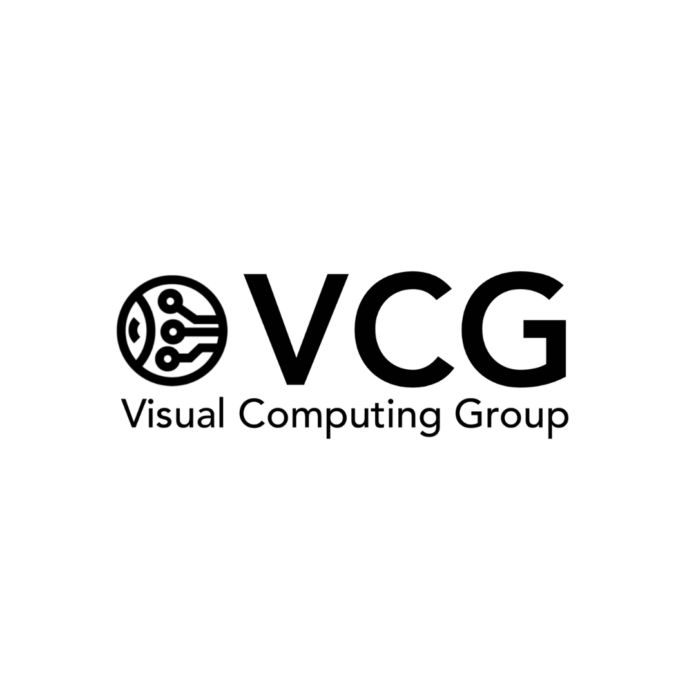The research focus of the Visual Computing Group is on understanding real environments of increasing complexity, thus bridging the gap between virtual and physical worlds. The Visual Computing Group focuses on two key aspects of the scene understanding problem.
First, the aspect of scale. The group concentrates its research effort on understanding increasingly larger scenes depending on the scale of the captured surroundings, i.e. (i) single objects, (ii) indoor scenes, (iii) outdoor scenes, (iv) buildings, and, ultimately, (iv) neighbourhoods and cities. Each consecutive level adds additional data, complexity, and more challenges for an automated algorithm, while all levels have common issues to address.
Second, the aspect of semantics. The group focuses on semantic understanding, going beyond discovering the geometry of objects in a scene, as it aims to learn semantic information for each object. Semantic information can include, among others, an object’s type (e.g. table, chair), its material (e.g. wood, plastic), its style (e.g. classic, modern), and its functionality (e.g. grasping, sitting, moving). Extracting such semantic information usually requires an underlying segmentation of the input into semantically meaningful entities, depending on the scale of the environment. For example, a city will be partitioned into buildings, a building into architectural components, an indoor scene into objects, and an object into parts.
MRG leader:
Dr Melinos Averkiou

